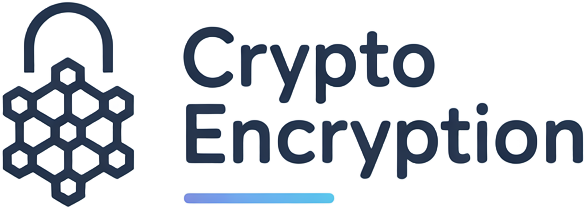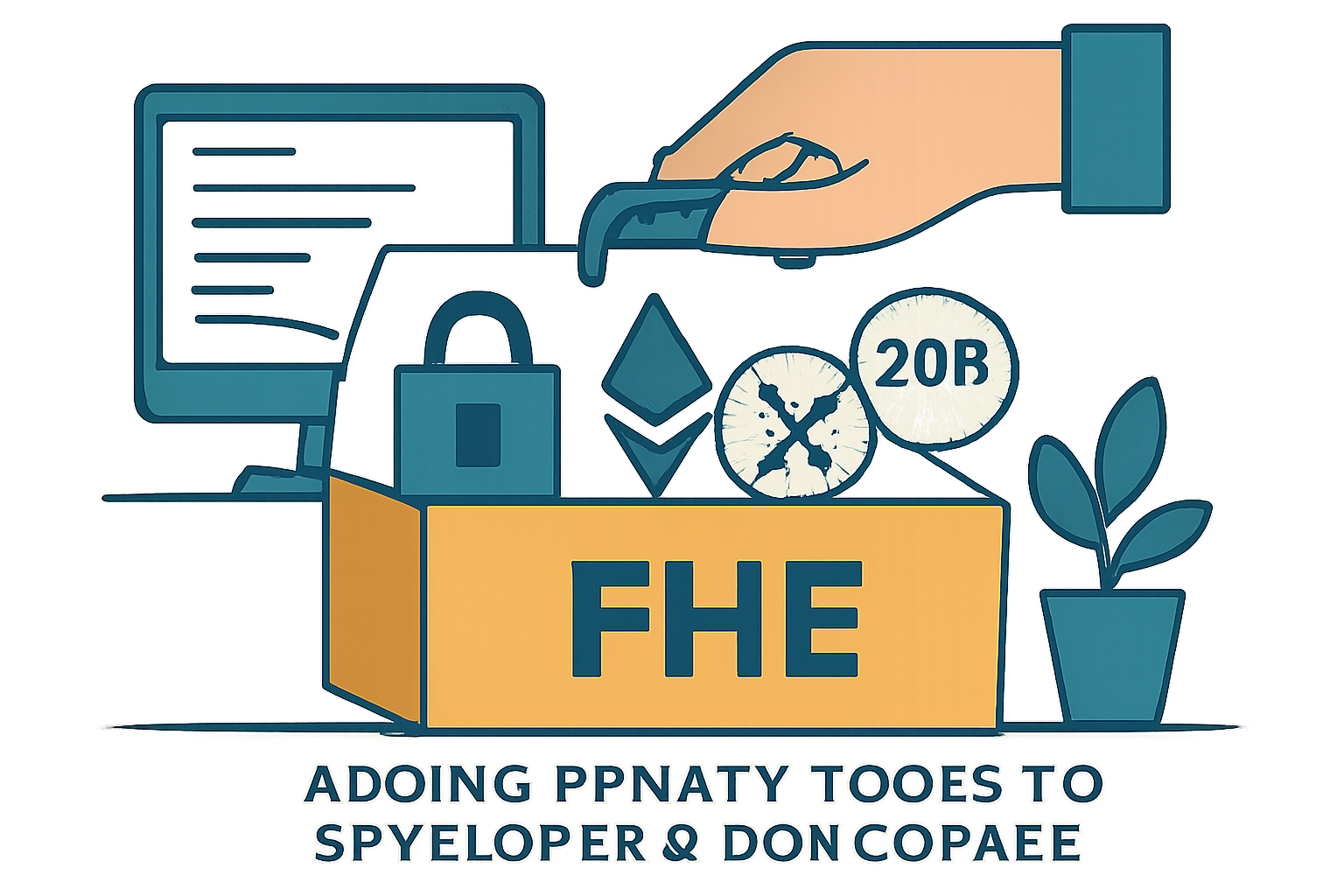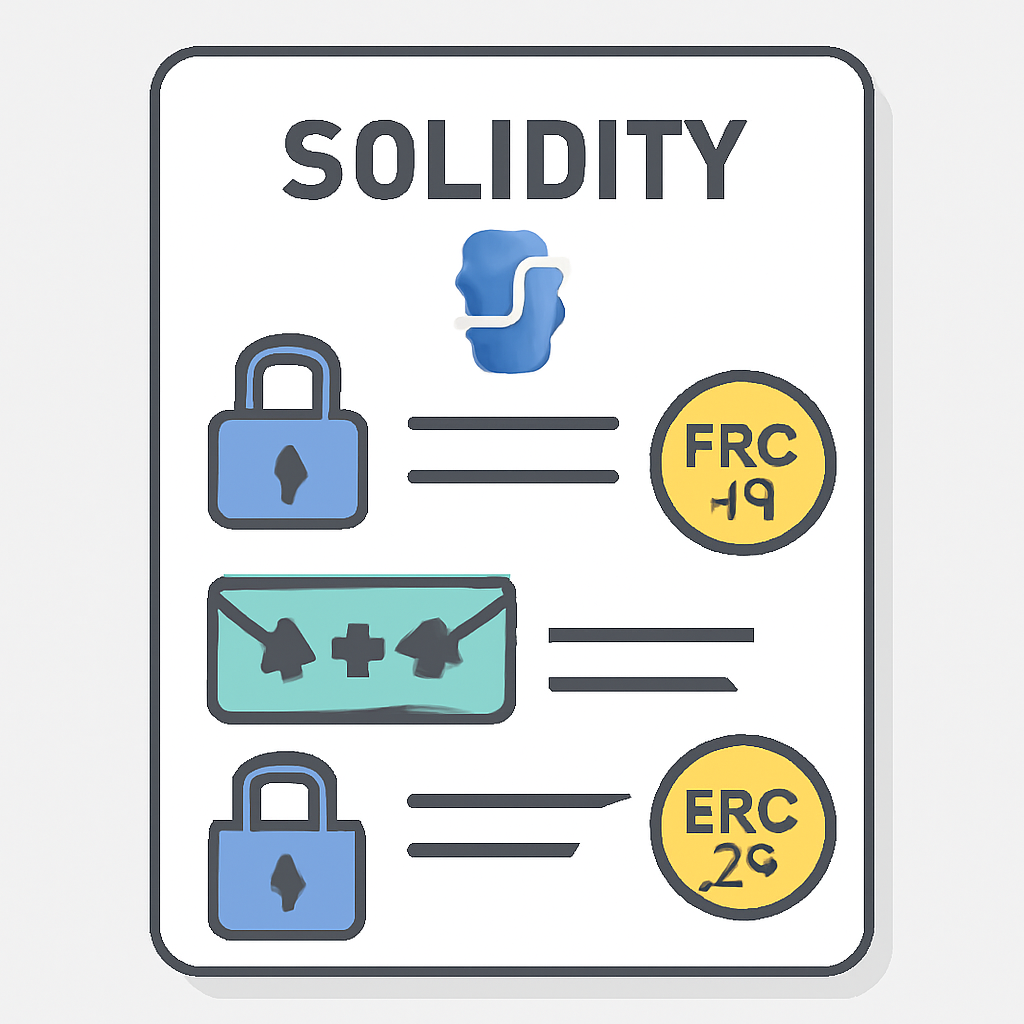
Ethereum’s radical transparency is both its greatest strength and its Achilles’ heel. For enterprises and privacy-focused users, the public nature of smart contract data means confidential transactions are out of reach on mainnet. But with the surge in privacy-preserving cryptography and secure contract protocols, developers now have a growing toolbox for building encrypted smart contracts that deliver end-to-end confidentiality.
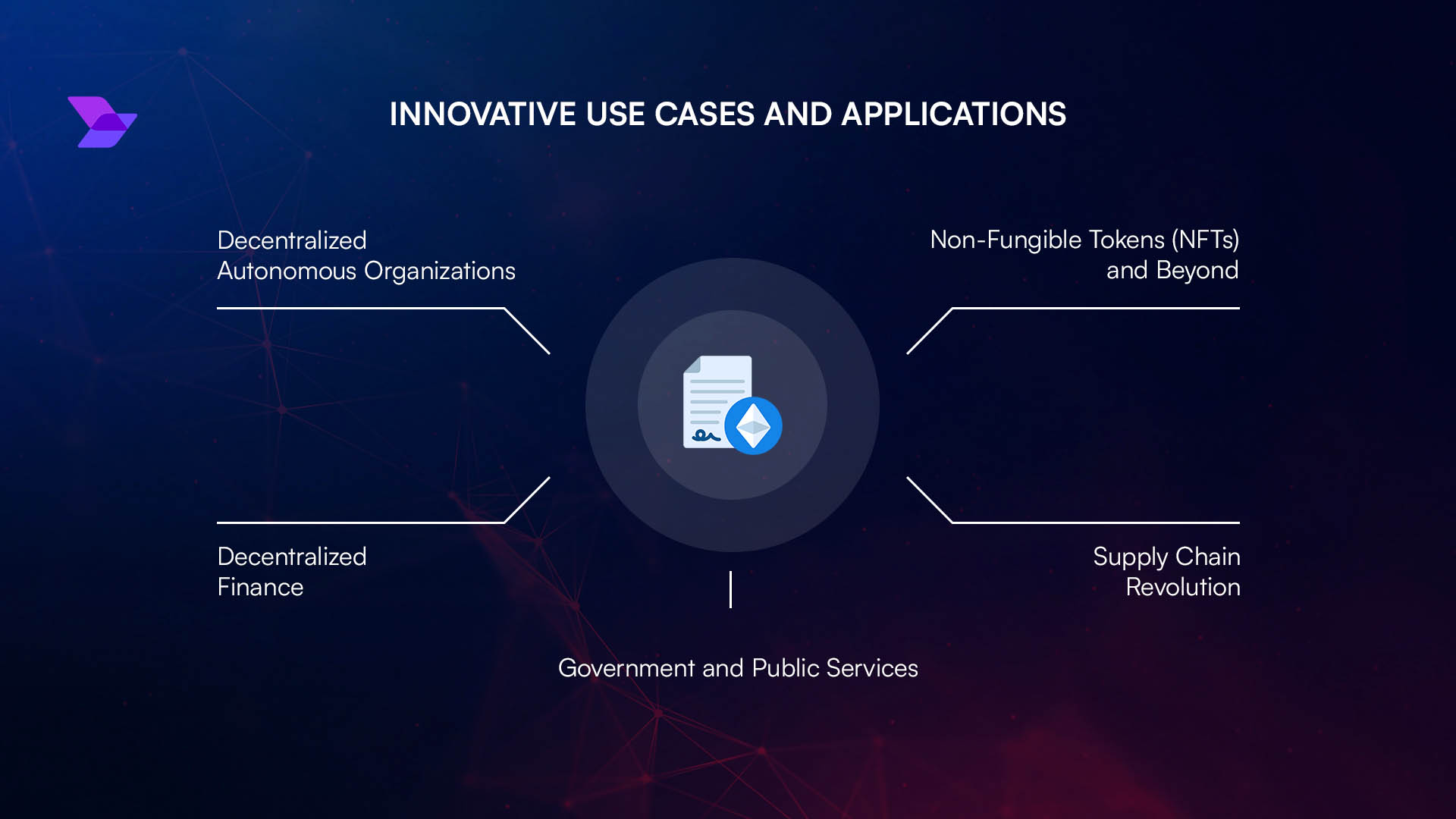
The Case for Confidential Transactions on Ethereum
Traditional Ethereum transactions expose every detail: sender, recipient, amount, and even contract logic are all visible to anyone running a node or exploring Etherscan. This is a non-starter for use cases like payroll automation, private DeFi strategies, or enterprise supply chain management where sensitive data is at stake. The demand for confidential transactions on Ethereum has driven innovation in several directions:
- Zero-Knowledge Proofs (ZKPs): Prove correctness of computations without revealing underlying data.
- Fully Homomorphic Encryption (FHE): Perform computations directly on encrypted inputs.
- Trusted Execution Environments (TEEs): Secure off-chain computation in isolated hardware.
- Confidential EVMs: Run encrypted code and state within familiar Ethereum tooling.
The latest market context highlights how these technologies are rapidly maturing. Aztec Network’s zero-knowledge rollup enables fully confidential ERC-20 transfers, while Zama’s FHE toolkit lets Solidity devs process encrypted data natively. Oasis Network’s confidential EVM and Silent Protocol’s zk-SNARK channels further expand the design space for privacy smart contracts.
Pillars of End-to-End Encrypted Smart Contracts
The core challenge: how do you guarantee that from transaction submission to on-chain execution, no sensitive information leaks? Let’s break down the pillars of robust end-to-end encryption in blockchain:
- User-side Encryption: Data is encrypted before leaving the user’s device using public keys or session-based shared secrets.
- On-chain Confidentiality: Smart contracts must operate on ciphertexts (via FHE or ZKP-friendly circuits), ensuring validators never see plaintext values.
- Private Output Delivery: Results are re-encrypted or proven via ZKPs so only the intended recipient can decrypt or verify them.
This architecture demands seamless integration between cryptographic libraries (like Zama’s FHE SDK), Solidity extensions, and wallet interfaces capable of handling encrypted payloads. The performance overhead is non-trivial – but as recent deployments show, it’s now practical for select DeFi and enterprise workflows.
Coding Confidential Transactions: Approaches and Tools
If you’re ready to build privacy-first dApps or token contracts, your stack will depend on your threat model and performance requirements. Here are the leading methods in production today:
Top Privacy Tech Stacks for Confidential Ethereum Contracts
-

Aztec Network: Leverages zero-knowledge proofs (ZKPs) to enable confidential transactions and private smart contracts on Ethereum. Aztec’s Layer 2 rollup is purpose-built for privacy, allowing developers to build confidential tokens and shielded DeFi applications.
-

Zama: Pioneers Fully Homomorphic Encryption (FHE) for Ethereum, letting smart contracts compute directly on encrypted data. Zama’s tools allow Solidity developers to deploy confidential DeFi, governance, and more, all with end-to-end encryption.
-

Oasis Sapphire: Offers a Confidential EVM that brings end-to-end encrypted execution to Ethereum-compatible dApps. Sapphire uses secure enclaves to keep contract state and calldata private from node operators, supporting privacy-preserving applications.
-
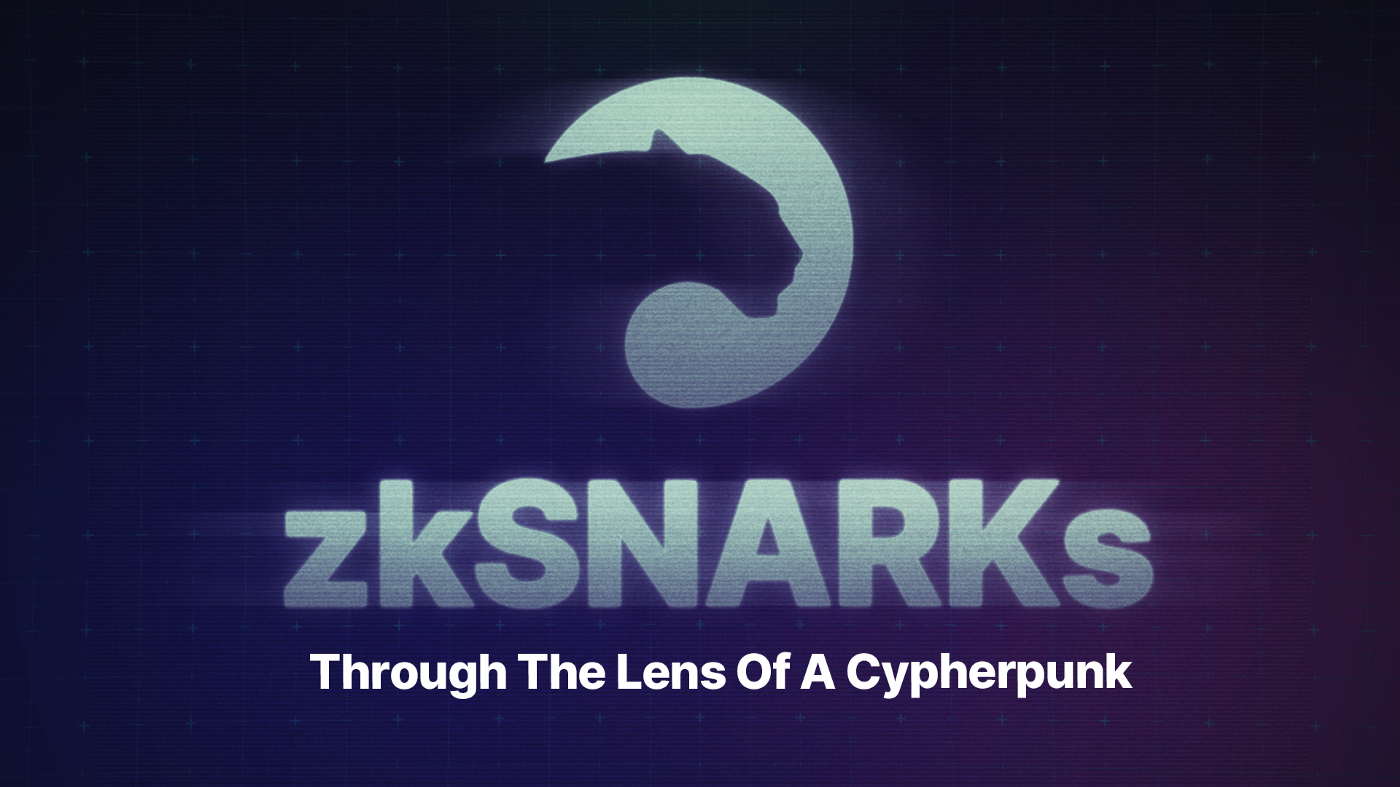
Silent Protocol: Implements zk-SNARK channels and anonymity sets to enable private, composable DeFi on Ethereum. Silent Protocol focuses on seamless user experience while ensuring transaction confidentiality and asset privacy.
Zero-Knowledge Rollups (Aztec): These enable confidential ERC-20 transfers by combining zk-SNARK proofs with shielded pools. Developers can issue private tokens or confidential DeFi primitives without overhauling their existing Solidity codebase.
Zama FHE Toolkit: Write Solidity contracts that natively process encrypted inputs/outputs using FHE circuits. This unlocks new classes of private voting systems, payroll automation, and private auctions – all verifiable yet opaque to observers.
Sapphire Confidential EVM: Offers an EVM-compatible runtime where both calldata and contract state are fully encrypted during execution. This allows dApps to preserve familiar UX while gaining robust privacy guarantees.
Silent Protocol: Focuses on composable privacy for DeFi via anonymity sets and zk asset channels – ideal for projects needing both confidentiality and interoperability across dApps.
If you want to dive deeper into technical implementation details or see code samples of these approaches in action, check out our dedicated resource at How to Implement Encrypted Smart Contracts on Ethereum for Confidential Business Transactions.
Step-by-Step: Implementing an Encrypted Smart Contract
Let’s walk through a high-level workflow for deploying a basic confidential token contract using modern privacy frameworks. The landscape is evolving fast, but the following steps reflect best practices as of late 2025:
Many developers start with Aztec’s Noir language or Zama’s Solidity FHE extensions. These tools abstract away much of the cryptography, letting you focus on business logic while ensuring end-to-end encryption. For example, with Zama, you can define encrypted variables in Solidity and safely perform arithmetic or logic directly on ciphertexts without ever exposing sensitive values.
Key security consideration: Always audit your encryption boundaries. Any data that leaves the encrypted context, such as events or logs, must be scrubbed or re-encrypted to prevent leaks. Integrating secure wallet interfaces is also crucial; MetaMask and Frame are rolling out support for encrypted calldata and confidential transaction signing.
Performance, Compliance, and UX: Navigating Trade-Offs
While privacy tech has matured, implementing end-to-end encrypted smart contracts is not plug-and-play. Here’s what builders need to watch:
- Performance: FHE-based contracts can be 10-100x slower than standard EVM execution due to heavy cryptographic computations. ZKPs are faster but still introduce latency compared to transparent transactions.
- User Experience: Wallet compatibility and seamless onboarding are essential. Expect additional steps for key management and transaction decryption, crucial for mainstream adoption.
- Compliance: Confidential transactions must still adhere to KYC/AML requirements in regulated environments. Some protocols offer selective disclosure features via view keys or audit proofs.
The ecosystem is responding fast. Oasis Sapphire’s confidential EVM now supports private NFTs and DeFi primitives with near-native speeds, while Silent Protocol is pioneering composable privacy, allowing dApps to interoperate without leaking sensitive information.
Checklist: Before You Deploy
If you’re migrating an existing dApp or launching a new privacy-focused project, use this checklist to avoid common pitfalls, from cryptographic audits to frontend integration testing.
The Road Ahead for Confidential Transactions on Ethereum
The privacy arms race isn’t slowing down. As more assets and workflows move on-chain, demand for robust privacy smart contracts will accelerate. Projects like Aztec and Zama are already shaping the future of end-to-end encryption in blockchain, while new entrants like RaceTEE explore off-chain TEEs for even greater scalability.
Key Trends in Ethereum Privacy and Confidential Transactions
-

Fully Homomorphic Encryption (FHE) Integration: Platforms like Zama are pioneering FHE for Ethereum, enabling confidential smart contracts that process encrypted data on-chain—unlocking private DeFi and governance use cases.
-
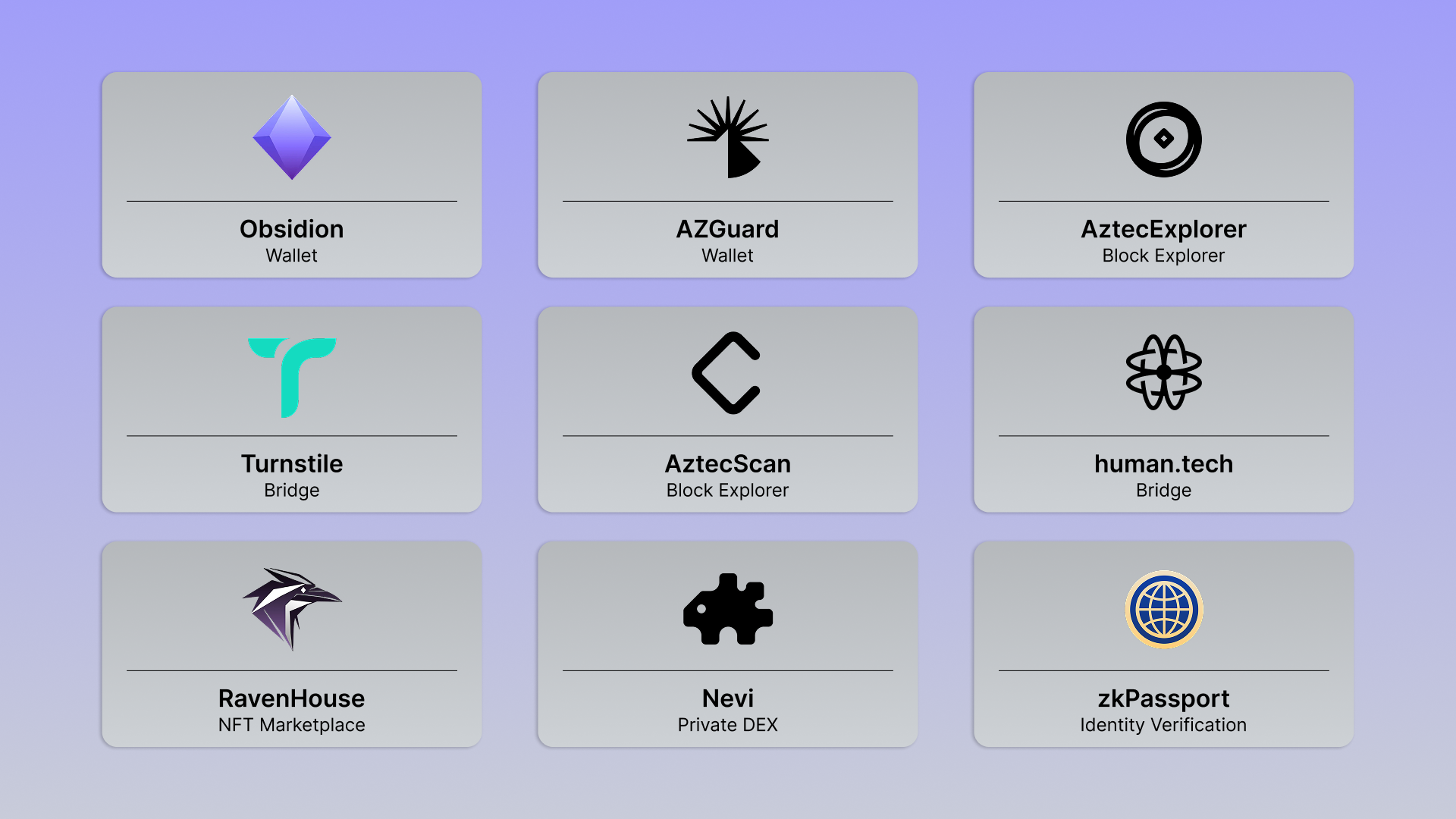
Zero-Knowledge Proofs (ZKPs) Advancements: Protocols such as Zether and Aztec Network are leveraging ZKPs to enable confidential payments and shielded transactions, allowing users to prove transaction validity without revealing sensitive details.
-

Trusted Execution Environments (TEEs): Networks like Oasis Network utilize TEEs to secure smart contract execution, ensuring data privacy by isolating computations from the main blockchain environment.
-

Confidential EVMs and Privacy Layers: Solutions such as Sapphire offer confidential Ethereum Virtual Machines, providing end-to-end encryption between dApps and smart contracts for robust on-chain privacy.
-
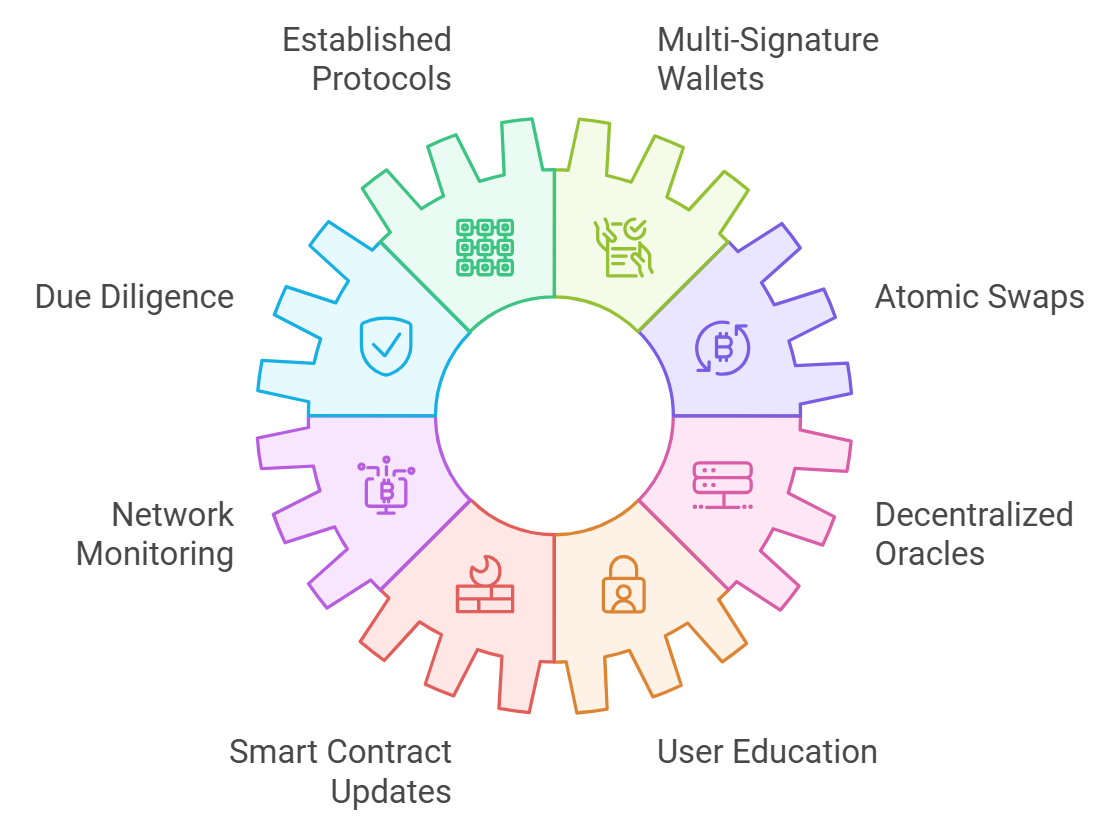
Privacy-Focused Protocols and Bridges: Emerging protocols like Silent Protocol are building privacy layers and cross-chain confidential bridges, enabling private asset transfers and composable DeFi across multiple blockchains.
-

Real-World Asset Tokenization with Confidentiality: Privacy solutions are increasingly being applied to tokenized real-world assets (RWAs), allowing confidential ownership and transfer of assets such as real estate or commodities on Ethereum.
The bottom line? Confidentiality is no longer a niche feature, it’s fast becoming table stakes for serious DeFi, enterprise automation, and next-gen digital assets on Ethereum. To stay competitive and compliant in this new era of secure contract protocols, embrace the latest cryptographic toolkits and keep pushing the boundaries of what’s possible with encrypted smart contracts.
